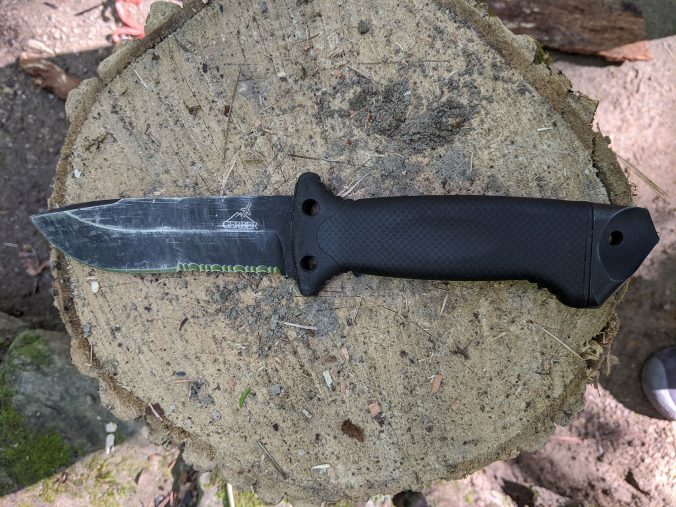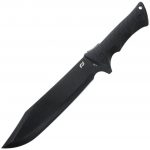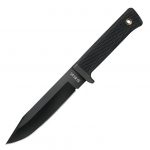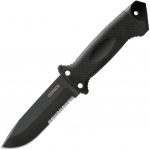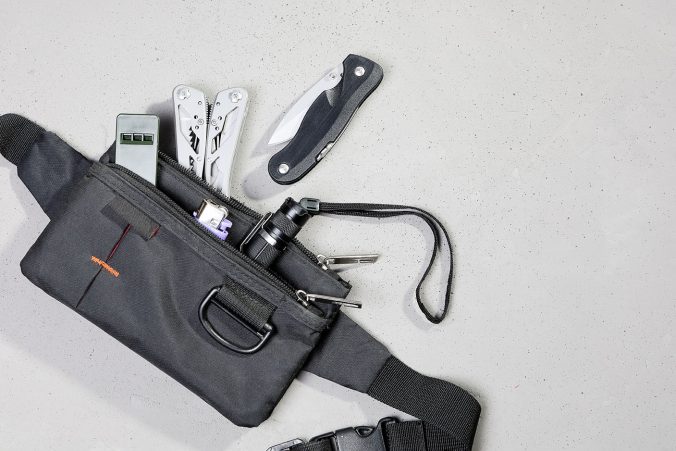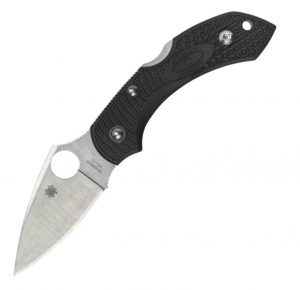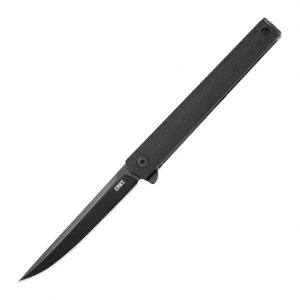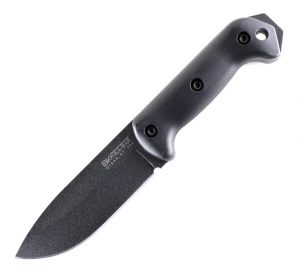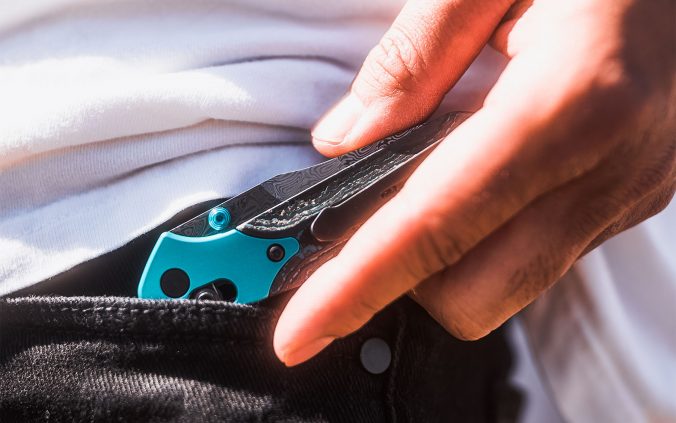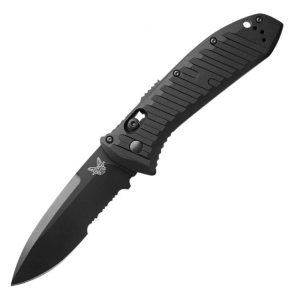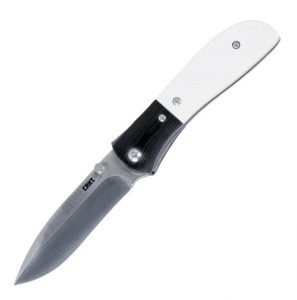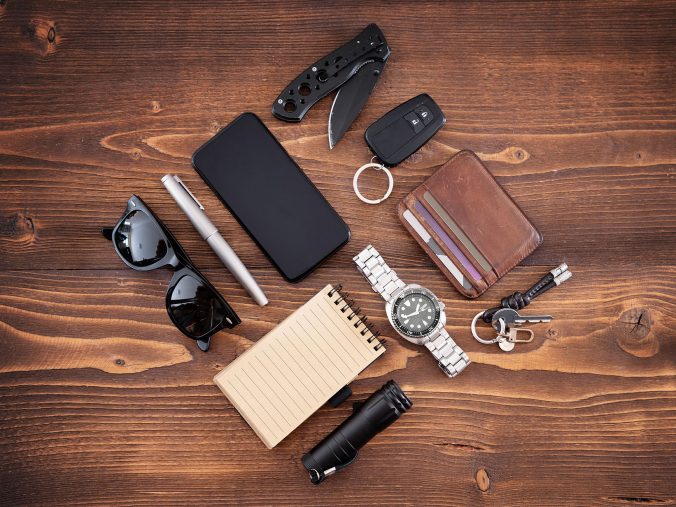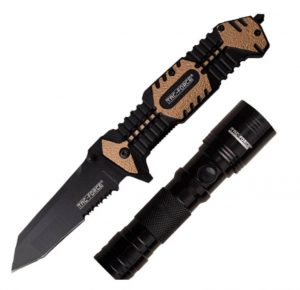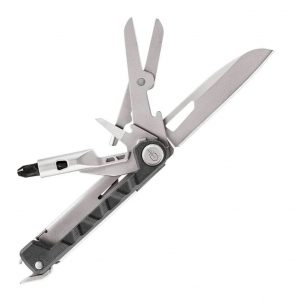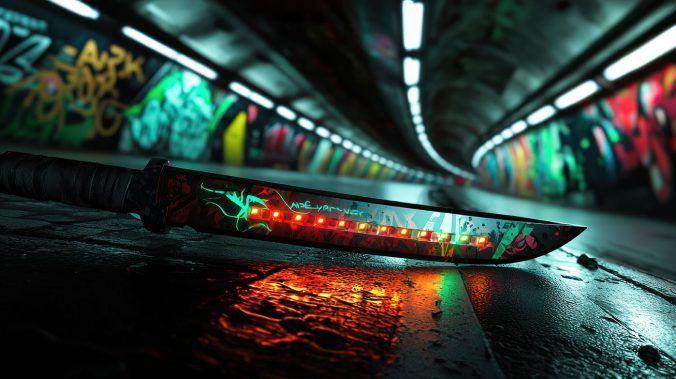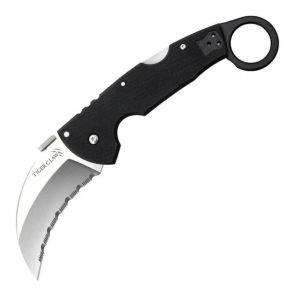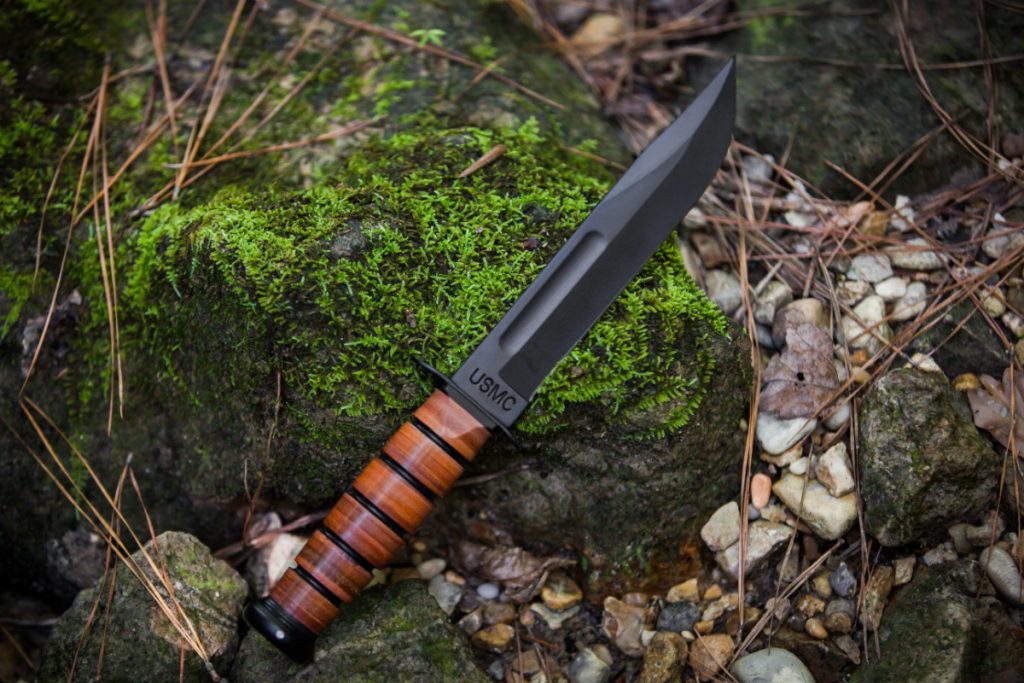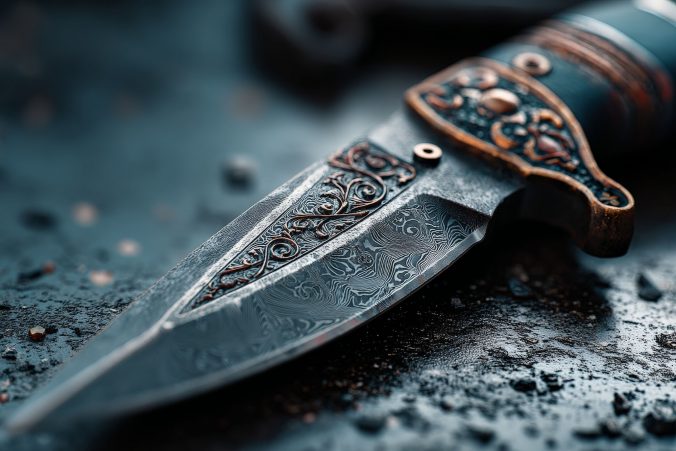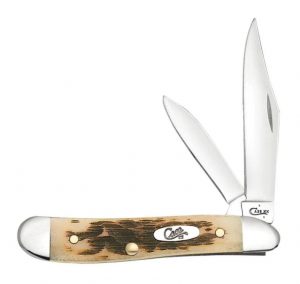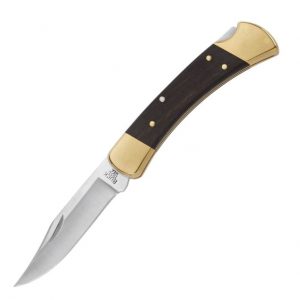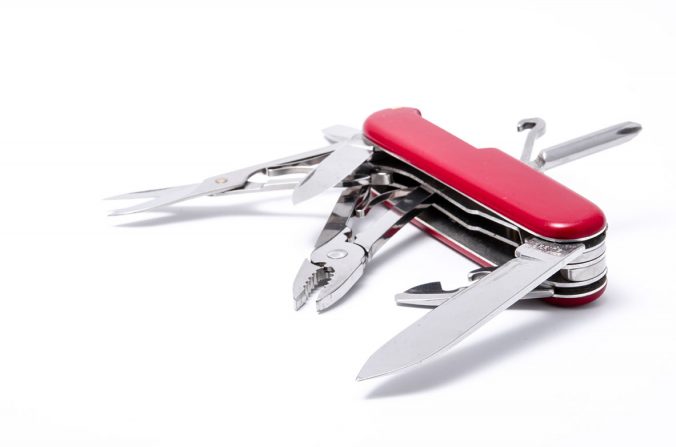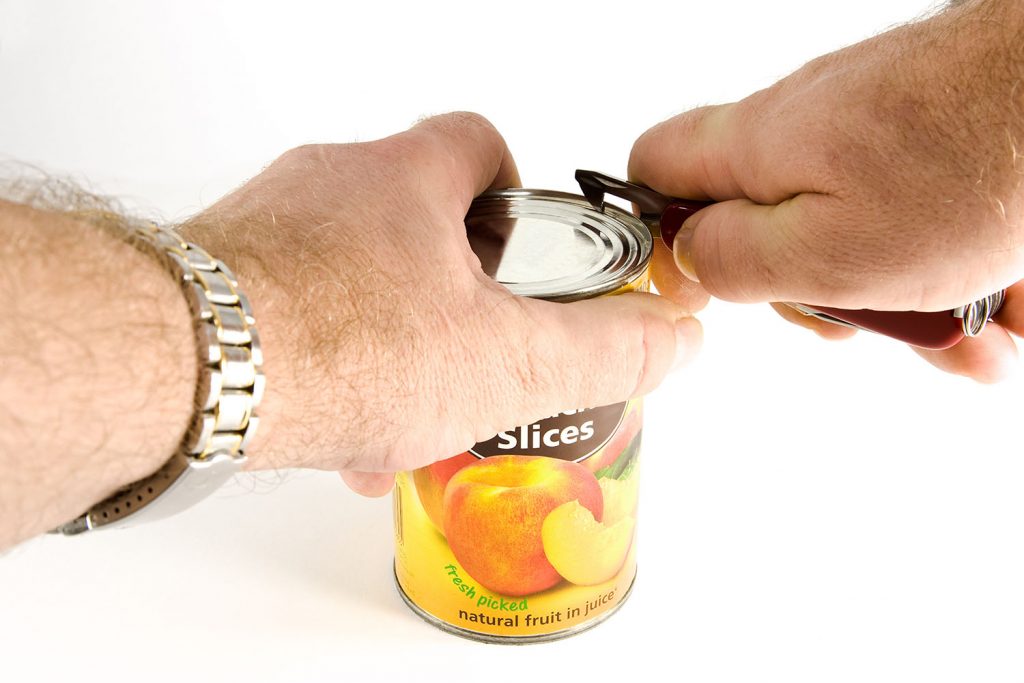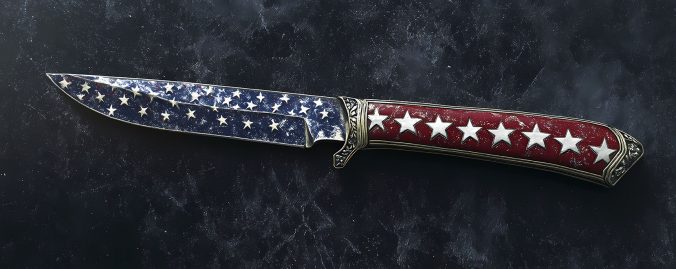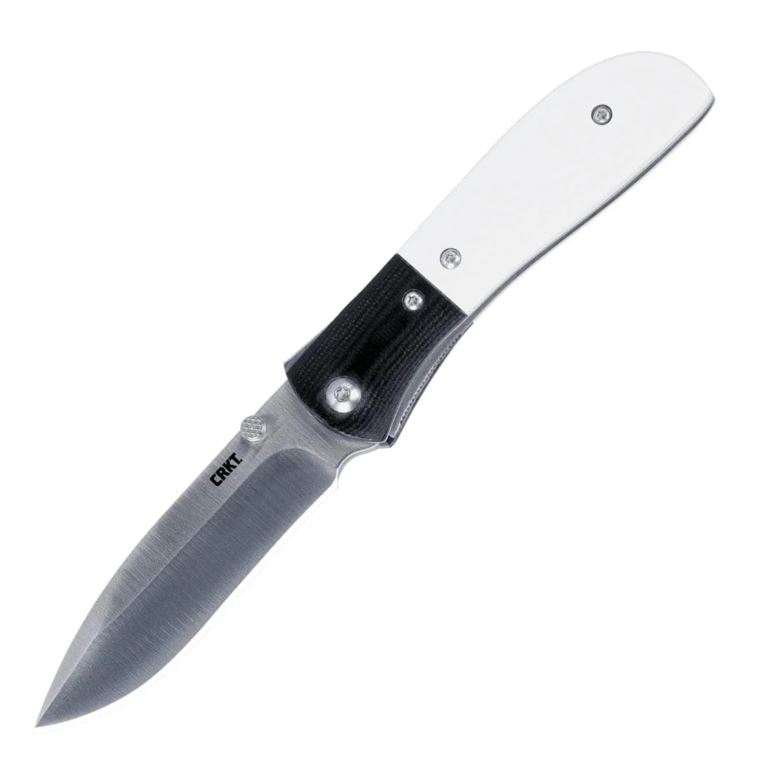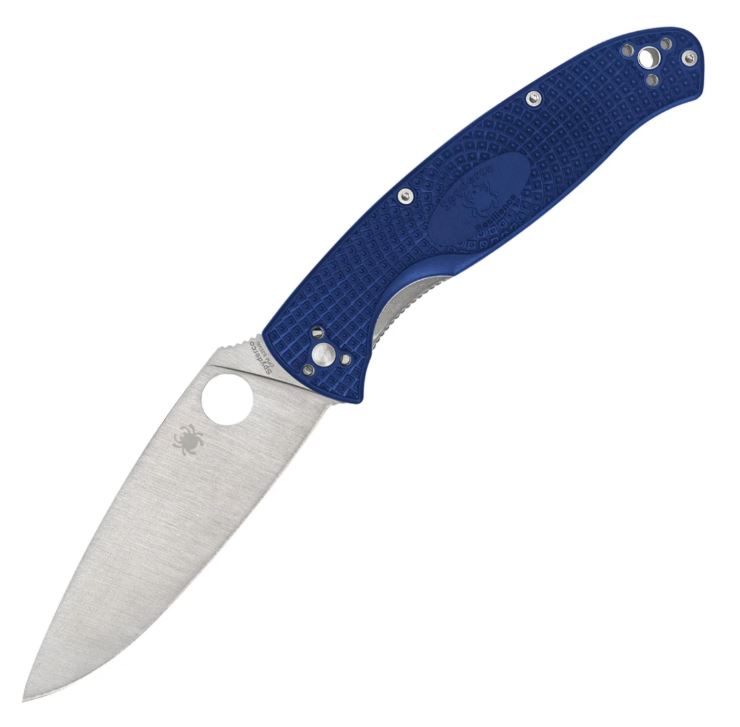You’ve packed your sleeping bag, marshmallows, and that questionable can of chili from last year’s bug-out stash. But did you pack the right knives? Whether you’re car camping or going full Bear Grylls, your blades are your best friends in the wild—after coffee, of course.
Let’s break down the essential knives (and knife-adjacent tools) every camper should have before the tent zipper closes behind them.
1. The Trusty Fixed Blade
Every campsite needs a solid fixed blade. Think of it as your all-in-one survival sidekick—good for batoning firewood, slicing rope, whittling tent stakes, or defending your snack stash from raccoons.
Pick: KA-BAR Becker Campanion, Schrade Leroy Bowie, Cold Steel SRK
Why? Full tang, rugged steel, and easy maintenance. These are knives you can throw at a log (please don’t) and still count on to prep your breakfast.
2. The Backup Folder
Yes, your fixed blade is the hero—but a folding knife is the quiet, capable sidekick. Perfect for smaller tasks like food prep, opening gear packaging, or trimming fishing line. Plus, it’s pocket-friendly.
Pick: Spyderco Delica 4, Benchmade Bugout, or Kershaw Blur
Bonus: Assisted or thumbhole openings make one-handed use easy when your other hand is holding a s’more.
3. The Camp Kitchen Knife
Unless you enjoy hacking onions with a tactical blade, consider a dedicated food knife. It’ll make campsite cooking safer, faster, and far less tear-inducing (except the onions).
Pick: Victorinox Paring Knife or a compact chef-style blade like the CRKT Camp Kitchen series
Pro tip: Bring a lightweight cutting board. Trust us.
4. The Multi-Tool or Swiss Army Knife
Even the best-laid plans involve bent tent poles, stuck zippers, or surprise splinters. A good multi-tool is your problem-solver in a compact package.
Pick: Leatherman Signal or Victorinox Huntsman
Saws, screwdrivers, tweezers, can openers—these little tools have saved more camping trips than bug spray.
5. Knife Maintenance Gear
Your blade’s edge won’t survive the weekend without a little TLC. A pocket sharpener and a microfiber cloth can keep things clean, sharp, and rust-free.
Pick: Work Sharp Guided Field Sharpener or Lansky’s puck
Remember: a dull knife in camp is more dangerous than a sharp one.
Summary: Pack Like a Pro
Here’s your blade-based checklist:
-
Fixed blade for heavy-duty tasks
-
Folding knife for EDC convenience
-
Food knife for cleaner cuts
-
Multi-tool for “oh no” moments
-
Sharpening gear to keep everything ready
Camping is unpredictable. Your knives shouldn’t be.
What’s your go-to camp knife? Drop a comment or tag us in your next trail pic—mud, coffee stains, and wild stories welcome. And if you’re still building your kit, Knife Depot has your back (and your blade).

